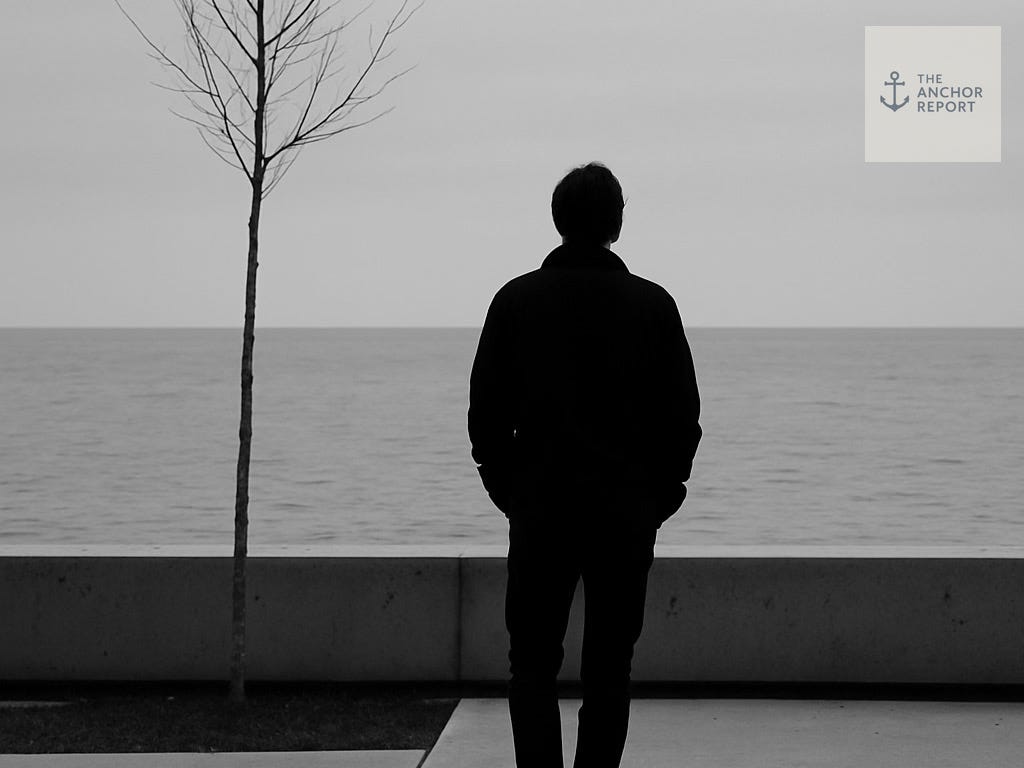The First Threshold: When You Know That You Know
Another way to say it: know that you’re doing what you’re doing
There’s a moment—not dramatic, not explosive, but quietly definitive—when you realize something has to change. Not just the circumstances around you, but something deeper. The way you’ve been living, reacting, performing, pretending. The roles you've accepted. The version of yourself you've defended for so long.
And here’s the shift: you see it. Maybe for the first time.
You notice a pattern. A tension. An internal loop that once felt invisible suddenly becomes clear. You recognize that you’re still operating from an old contract—one that doesn’t fit anymore. And it might not feel like a breakthrough. It might just feel like a pause. A sigh. A moment of quiet awareness that says: “Wait. I don’t want to do this like this anymore.”
That moment is the first threshold. It’s when you know that you know.
It sounds obvious, maybe even too simple. But it’s not. Most people live entire lives reacting to thoughts, emotions, and conditioning—without ever realizing that they’re doing it. That pause, that flicker of awareness, is the beginning of something else. Something truer.
We’re not talking about instant transformation or spiritual awakening. We’re talking about a clean internal pivot. One that begins with a very grounded act: noticing. Noticing what you’re feeling, what you’re believing, what you’re doing—and knowing that you’re noticing it.
It doesn’t require tools or training. It doesn’t need a life coach, a journal, a guru, or a retreat. It just requires that you stop and see yourself clearly, even if only for a second. That’s what makes it easy—on paper. But it’s also what makes it hard.
Because most of us spend years, even decades, not knowing. Or pretending not to. We’re trained to override, to explain away, to distract, to achieve, to power through. Presence is unfamiliar territory. Clarity is uncomfortable. Stillness is suspicious. So when we first touch it, it can feel disorienting.
But the truth is, you’ve likely been practicing the opposite of this for years. You’ve trained yourself to react. To suppress. To fix. And that too became reflex. “Knowing that you know” is simply the reversal of that reflex. A new kind of muscle memory. One that takes time—but not as much as you think.
Imagine walking into a room and, instead of rushing to manage, impress, or analyze—you pause. You observe. You feel your feet on the ground. You notice your breath. You notice that you’re noticing. That’s it. That’s the first step. And over time, it becomes more natural. More available.
Another way to say it: know that you’re doing what you’re doing. If you’re angry, know you’re angry. If you’re trying to prove something, know it. If you’re tensing up, defending, withdrawing—know it. You don’t have to change it right away. Just notice. That noticing is the start of everything.
This is the posture of identity restructure. Before you can rebuild anything, you have to witness what’s here. Not judge it. Not fix it. Just see it. That’s why we call it the first threshold. Because once you cross it, you can’t unsee. You might fall back into patterns—everyone does—but you’ll know.
And that knowing eventually becomes your anchor.
It will save you from spirals. It will interrupt the performance. It will bring you back when nothing else can. Not because it solves the problem—but because it returns you to yourself. And that’s always where the real work begins.
So don’t chase a breakthrough. Don’t wait for a falling-in or a crisis. Just start with the smallest truth: I’m aware of what I’m doing.
That’s the threshold. That’s the beginning.



